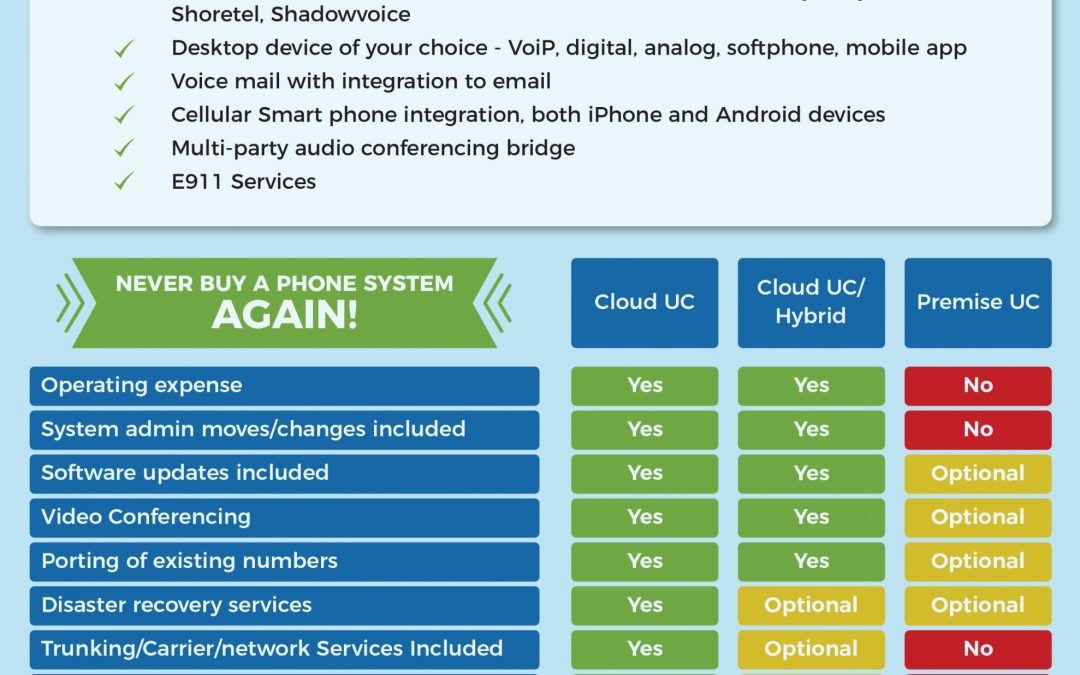Enterprise systems have operated as business foundations without publicity for many decades. Business organizations utilize supply chain operations and financial record automation through these systems to maintain efficient operations. Flexible cloud-based ecosystems now replace original technology platforms that operate on-site systems. The change represents more than basic technological improvement. The current essential transformation in business operations enables organizations to scale and innovate for digital market success in competitive markets.

Understanding Legacy Systems: Useful but Outdated
Legacy enterprise systems were groundbreaking in their time. Built to run on company-owned servers and maintained by internal IT teams, they gave businesses control over their operations and data. But over time, the cracks began to show. When using such systems, they demanded expensive hardware maintenance costs along with reduced adaptability in tool integration and scalability processes. The technological requirements of modern businesses exceeded legacy systems’ capabilities which turned them into an impediment more than a helpful element. Current rapid business demands make it unacceptable to maintain either slow updating capabilities or limited application mobility.
Cloud-Based Solutions: The New Standard
The move to cloud-based enterprise systems is a response to the limitations of legacy platforms. Unlike traditional systems, cloud solutions offer flexibility, mobility, and scalability all essential qualities for modern business needs. Organizations can access their systems from anywhere, at any time, which supports remote work and global collaboration. Information updates operate automatically, while third-party program integration becomes increasingly simple through modern technology. Businesses nowadays avoid investing in large hardware equipment because they no longer need to keep operating expensive data server facilities. Instead, they pay for what they use and scale their systems as needed. This agility enables faster decision-making and greater innovation.
The Real Advantages of Going Cloud
Cloud-based enterprise systems are built for performance. They adapt to growing business needs without the need for physical upgrades. They also reduce operating costs by eliminating expensive infrastructure and decreasing downtime through better reliability. Real-time sharing of data becomes possible across teams situated anywhere, whether inside or outside the business premises. Security concerns surrounding cloud technology transformed into strengths because major cloud providers now implement secure encryption protocols and maintain regular backup routines with specialized security teams. Cloud systems enable fast business recovery from unexpected interruptions and service interruptions through their capabilities to support continuity operations.
Why Migration Still Requires Caution
Moving from a legacy system toward cloud-based operation presents multiple benefits, but the transition process remains challenging. The transition requires moving enormous amounts of data while changing application setups as well as requiring workflow reorganization. Staff requires training to accept the new environment and integration with current systems demands complex work. The transition requires attention to compliance standards, especially when companies handle sensitive data that falls under strict regulatory systems. Successful data migration requires careful planning since hasty or ineffectively managed transitions might cause service disruptions along with data exposure incidents. Therefore, a strategic migration plan is vital.
Building a Strategy for Cloud Success
A business needs complete preparation in order to achieve migration success. Corporate entities should conduct complete system assessments before shifting their assets into the cloud environment. A successful migration requires joining all applicable departments before the process starts to obtain alignment and combat possible resistance. Gradual implementation of the migration process helps businesses avoid risks while continuing standard operational activities. Training is equally important, helping employees adapt to new interfaces and workflows. Even after migration, continuous monitoring and updates ensure systems remain secure, efficient, and aligned with business goals.

Future Trends: What’s Next for Enterprise Systems?
As technology keeps advancing, enterprise systems will continue to evolve. Artificial intelligence (AI), machine learning, and automation are already being integrated into cloud platforms to improve decision-making and reduce manual tasks. Businesses can expect systems that not only store and process data but also analyze it in real-time to offer smart insights. Edge computing will enable enterprise systems to quickly process information at its collection point which improves speed and response. The upcoming generation of enterprise solutions will become more intelligent through these emerging trends.
Conclusion
The modern business world requires flexible management systems that run fast and provide simplicity during operations. Cloud-based solutions provide businesses with better speed and flexibility along with accelerated growth potential. Enterprise Systems provides both essential tools and professional support to assist companies through their transition to cloud-based programs successfully. Companies that choose cloud solutions obtain financial cost savings and enhanced security while gaining access to modern technological advancements. Companies should embrace cloud computing solutions because they represent their future business operational landscape. Businesses can confidently proceed in this direction with clear objectives now. Start your path right now to maintain your ascending position.


Recent Comments